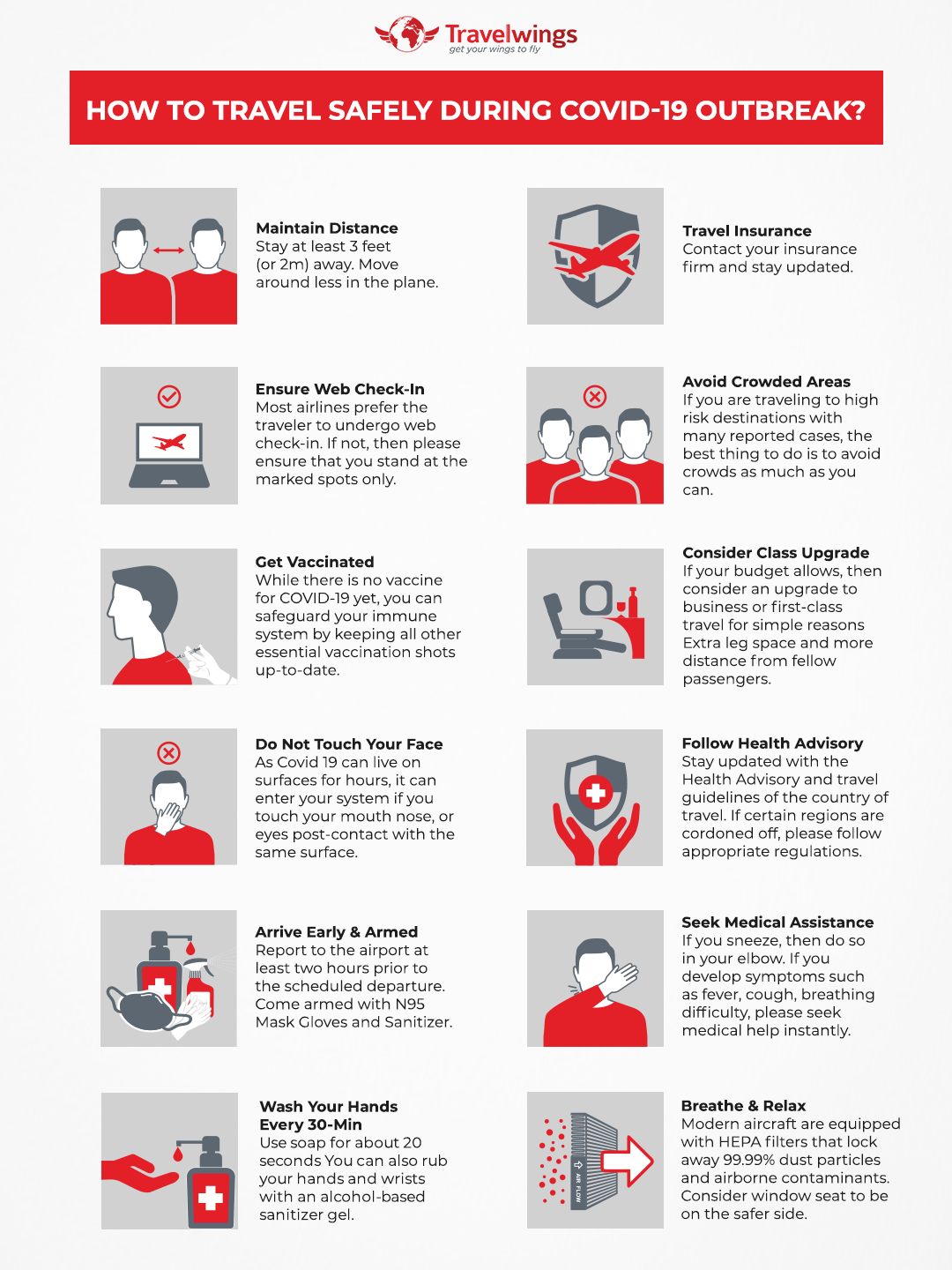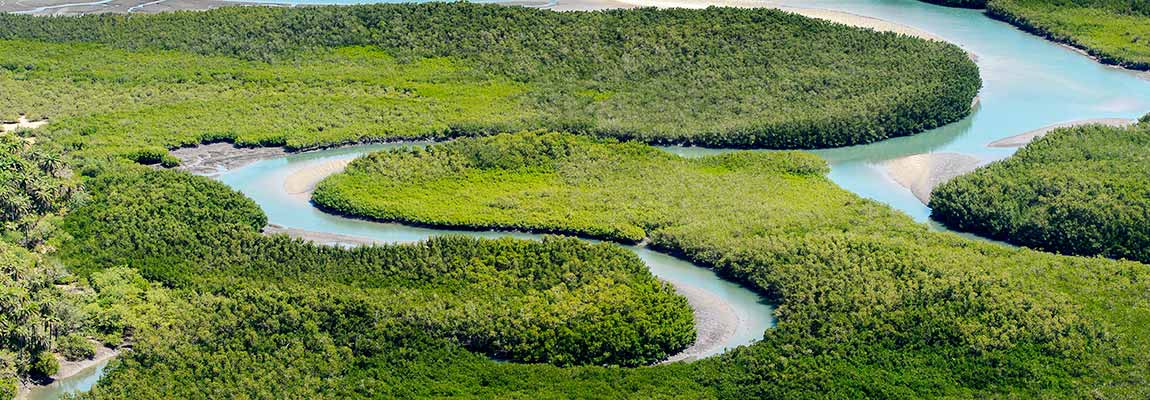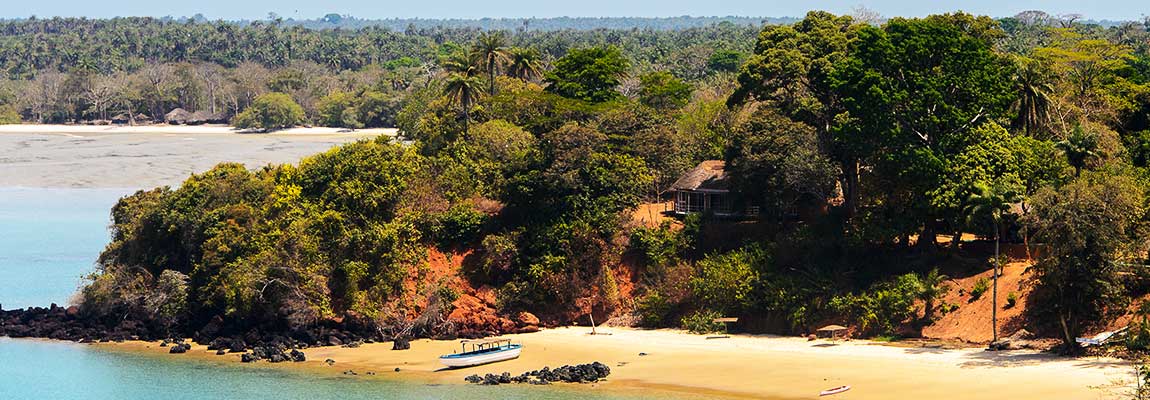






Take a trip to the beautiful expanse of Guinea-Bissau and explore its hidden marvels. Guinea-Bissau is an amazing nation that flourishes in the western parts of Africa. Known for its rich wildlife and greenery, the country has in store many surprises for you. Apart from encountering wild wonders, you get to come across age-old places, cultural sites and several other treats. Mingle with locals and learn about the unspoken trails of Africa. Go offbeat and discover lagoons, islands and more. Guinea-Bissau is a lovely package for those who love delving deep into offbeat destinations. This country is for all those who look forward to savouring the unknown delights of the world. So, plan an excursion now and visit Guinea-Bissau!
Almost all the major inhabited cities in Guinea-Bissau have decent internet and phone services. Hence, it isn't difficult to connect to the outer world while you are in Guinea-Bissau. However, the connections are quite weak in the small towns and villages of the country with a meagre network in the remotest regions. The best mobile network operators in the country are as follows: · MTN · Orange
Once you land at the airport, you can buy a local prepaid SIM card from any of the above-given operators. This way you would able to use services while on the go. On average, a week plan in Guinea-Bissau would cost you about $15 - $20

Though the history of Guinea-Bissau is said to be thousands of years old, there has been no sufficient evidence to prove it. That's why the country has remained ignored by history lovers for a long time. As per theories of several archaeologists and historians, Guinea-Bissau was the land of hunter-gatherers back in the year 1000 CE. Gradually, it moved towards civilisation in the subsequent years and eventually, started witnessing development in the fields of trade, commerce and politics.
During the 16th century, Guinea-Bissau was a part of the Mali Empire that flourished in the western parts of Africa in the medieval period. Several other parts of the country were claimed by the Portuguese empire that was into the export of African slaves to other parts of the world. The Portuguese empire settled in the region after Guinea-Bissau was visited by Europeans in the early 15th century.
By the end of the century, several regions in the country were colonised by the Portuguese. In the late 18th century, the British too tried to establish their control in Guinea-Bissau. However, they couldn't due to the effective presence of the Portuguese across the country. During this period, Guinea-Bissau saw a major rise in the fields of trade and politics.
However, with the help of armed rebellion that led to several movements in the late 20th century, Guinea-Bissau became an independent nation in the year 1973. Today, it has a unitary semi-presidential republic government that is headed by a president and a prime minister. Tourism has also increased in the country in the last few decades owing to its popularity amongst offbeat wildlife lovers and culture explorers.
Guinea-Bissau is a beautiful nation spread over an area of about 36,135 sq km, out of which about 8,005 sq km makes up the water area and the remaining 28,120 sq km covers the land region. The country is located in the western parts of Africa and is bordered by Senegal in the north and Guinea in the south as well as the east.
As it has quite a beautiful topographical landscape, it boasts of beautiful coastal plains as well as highlands. The lowest point in Guinea-Bissau lies at the Atlantic Ocean, while the highest point lies at about 300 m above sea level in the eastern parts of the nation.
As the country is located on the shores of the Atlantic Ocean, it also has an amazing coastline that stretches for more than 350 km. Guinea-Bissau has many streams that flow across it. The major rivers in the country are Geba River, Rio Corubal, Rio Cacheu, Rio Mansoa and Rio Grande de Buba.
As Guinea-Bissau has remained under the control of Portuguese powers for several centuries, its art
and music have derived their values from their culture and traditions. However, the authentic and
raw Guinea-Bissau art and music is still rooted in the age-old traditions and lifestyle of its
ethnic groups that have been living in the country for more than a thousand years. The centuries-old
art here is all about drawings, paintings, woodwork and more. The music in the country is greatly
related to the polyrhythmic gumbe genre. Other popular genres here include Tina and Tinga. Cabasa is
the major musical instrument in Guinea Bissau and is used on different occasions.
However, with
the advent of globalisation, some different global art forms have been introduced in the country.
People in Guinea-Bissau, especially in the capital city and surrounding regions, also listen to
world music and appreciate world art.
Guinea-Bissau cuisine has its root in West African traditions and culture. It has derived its values
and kitchen practices from the lifestyle of local tribes that have been dwelling in the country
since time immemorial. However, as the country was a major colony of the Portuguese back in the day,
its cuisine has also been influenced by the Portuguese flavours and tastes.
However, rice,
fish, vegetables and millet are the major ingredients in the delicacies here. People also love to
drink along with savouring their favourite dishes. Palm wine and rum are often relished on occasions
like marriages, birthdays and other ceremonies.
Cafriela de frango, Egusi, Fufu, Dried fish, Yassa, Millet couscous and more
Must-Try DrinksPalm wine, Tea, Rum and Portuguese beer
HospitalityGreat hospitality is in the culture of Guinea-Bissau and hence, people in the country are quite friendly and welcoming. They are always kind and generous towards their guests. People in Guinea-Bissau perfectly know how to treat their guests and hence, always look forward to catering for their desires. The country makes for a happy, cheerful and helpful crowd.
With a tropical climate, Guinea-Bissau experiences two major types of seasons in a year, i.e., wet season and dry season. The wet season in most parts of the country lasts from June to November. The dry season is characterised by hot and humid days. Cooler days start from December and last till April. During this period, the country also receives very little to no rainfall. Hence, this is the best time to visit Guinea-Bissau as one can roam around freely and explore places without any disturbance from the climate.
The average temperature here lies in the range of 28 °C and 26 °C in a year. Hence, it would be alright to say that the climatic conditions in Guinea-Bissau can be tolerated throughout the year.
Orango National Park is the pride of Guinea-Bissau for the kinds of natural beauties it boasts of. Spread over an area of more than 1500 sq km, the national park is home to hundreds of indigenous species of plants and animals. Explore its wetland that includes a rainforest and swamp mangroves. Take great pictures of endangered birds like African grey parrot and more. Orango National Park is every wildlife photographer's ultimate destination in Guinea-Bissau.
Operating Timing: 07:00 am to 05:00 pm
Tour Price :$15 - $20 per person including the fee of a local guide
Bubaque Island has to be on the top of your list if you are looking forward to savouring a perfect mix of modernity and nature. The island is blessed with rich wildlife. Take a boat from the port area of Bubaque and explore around in its waters. Visit its forested region and feel the essence of tranquillity. The island also has an amazing museum where you get to witness great artistry on display. You can also buy wonderful art and craft products here.
Timing : (10:00 am to 04:00 pm for the museum)
Price : No entrance fee
($1.8 - $2.0 for the museum)
The capital city of Guinea-Bissau, Bissau is every backpacker's first destination in the country. Hence, it is impossible to ignore it and move ahead with other places. The city lets you explore great modern architecture, peaceful gardens and parks and an amazing street crowd for photography. The presence of the Geba River makes Bissau a more charming place to spend a weekend. The Port of Bissau is another attraction here for travellers.
Timing : Anytime
Price : No entrance fee.
How about a day trip to a place where you get to savour pure nature? Rubane Island is one place where you have got shimmering waters of the sea, calm sea, rich greenery and a sunny atmosphere. Well, that's all one would need to make their trip memorable. Rubane Island is one of the largest in Guinea-Bissau and hosts a great environment to relax and detox.
Timing : Anytime
Price : No entrance fee.
Located in Bissau, National Ethnographic Museum is one of the best places to visit in Guinea-Bissau for it is the place where you learn about the history of humans in the country. The library inside the museum consists of an amazing collection of about 14,000 volumes. Well, that speaks of the importance of the museum. Visit it and have some fun time stepping into the bygone era of Guinea-Bissau.
Timing : 09:00 am to 05:00 pm
09:00 am to 02:00 pm on Saturdays
(Closed on Sundays)
Price : No Entrance Fee
Other Popular Places to Visit in Guinea-Bissau
One of the most popular events in Guinea Bissau is Independence Day that commemorates the freedom of the country from Portuguese rule. On this happy day, people celebrate liberty by partaking in various dances and singing performances. Formal speeches are given by leaders. People also indulge in wishing each other a happy and healthy year ahead. Across Guinea-Bissau, an atmosphere filled with love and patriotism prevails.
Location : Across the country
Date: 24 September
Undoubtedly, Guinea-Bissau Carnival is one of the biggest and most awaited celebrations in the country. The event features a variety of programmes wherein people showcase their talents. Public exhibitions of Guinean culture and traditions are the major attractions here. The festival lasts for about 4 days and includes traditional dances and parades. People dress up in beautiful costumes and greet each other. This cultural extravaganza fills the entire city of Bissau with colours and joy.
Location : Bissau
Date: During Easter
As the Muslims make up the largest community in Guinea-Bissau, Eid is one of the most prominent festivals celebrated here. This is the day when people break their fast after 30 days. The festival is observed with full pomp and vigour across the country. Eid prayers and social gathering take place. Festival meals are prepared and people indulge in gift-giving tradition. People also donate to charity on this day!
Location : Across the country
Date: May
Another festival that would surely grab your attention while in Guinea-Bissau! The festival celebrates the musical talent of the country. It serves as a hub for musicians and performers who come from different places to partake in various musical events. A great way to explore the pop culture of Guinea-Bissau!
Location : Bijagos Archipelago
· Movimento Hip Hop Festival · Christmas · Ramadan
As per the visa policy of Guinea-Bissau, every tourist is supposed to obtain a visa to enter the
boundaries of the country unless they belong to a visa-exempt country. Below given are all the
countries that are allowed to enter Guinea-Bissau or any other place in the country without a prior
visa. The list includes:
Benin, Burkina Faso, Cabo Verde, Cote d'Ivoire, Gambia, Ghana, Guinea, Liberia, Mali, Niger,
Nigeria, Senegal, Sierra Leone and Togo.
Citizens holding regular passports to all the other countries are allowed to obtain a Guinea-Bissau visa on arrival. With this, tourists coming from around the world can stay in the country for a maximum period of 90 days.
However, every visitor needs to have the following with them:
If you do not desire to compromise with comfort at any cost, then private taxis would be perfect for you. They are available at major tourist spots and across all significant towns and cities in the country. Hop into one and get ready to explore the country in your comfort zone.
Ride a busThere are not many options for commutation in Guinea-Bissau as the road network in the country is quite weak. Buses can be used to travel between two cities or towns and are the cheapest means of transportation in the country. However, a bus travelling in Guinea-Bissau takes a lot of time as there are no proper timings or schedules for bus services. Also, there are no formal bus stations in the country. If you are looking for an authentic experience in Guinea-Bissau while mingling with locals, then you can go ahead with this option.
Train ToursAs of now, there is no train service in Guinea-Bissau
FerriesFerries and small boats can be used for travelling between islands and lagoons in the coastal region of Guinea-Bissau.
If you are travelling to Guinea-Bissau from the neighbouring countries of Senegal and Guinea, then you can also use the road and drive on your own. As there are no formal bus services, this is the only feasible option of reaching Guinea-Bissau via road route.
Via Air RouteThe fastest way to reach Guinea-Bissau is by taking the air route. Serving the capital city of Bissau, Osvaldo Vieira International Airport is the only airport that connects Guinea-Bissau to the other parts of the country. Several flights are running to and from Gambia, Senegal, Portugal, Cape Verde, Morocco and more. You can either take a direct flight from the above-given countries or a connecting flight to reach Guinea-Bissau. From the airport, you can use taxi services to reach your desired destination in the country.
Via Rail RouteThere is no train service operating in the country to reach it via rail route.
Senegal borders Guinea-Bissau to the north and is a great place for a weekend getaway. The country is filled with some natural wonders in the form of wildlife, greenery, streams and more. With gorgeous beaches, ancient places, age-old buildings and interesting culture, Senegal surely satisfies the wanderlust. The country has an ocean of hidden marvels. The major places to visit here include Goree, Lake Retba, Djoudj National Bird Sanctuary, House of Slaves, African Renaissance Monument and more.
GuineaGuinea is another place bordering Guinea-Bissau that could make for an amazing excursion. The country is rich in greenery and wildlife and hence, it has been a hidden paradise for nature lovers and photographers. The most significant places to visit here include Fouta Djallon, Kassa Island, Grand Mosque, National Museum of Guinea, Mount Loura, National Park of Upper Niger, Iles de Los and Tombo Island.
CALLING CODE : +245
Ambulance : 119
Fire : 118
Police : 117
West African CFA Franc is the legal currency in Guinea-Bissau. It has been in use since 1997 after it replaced the Guinea-Bissau peso as the official tender. In the past, the country has also used several other currencies including escudo. Today, the West African CFA Franc is used for exchanging goods and services across the eight independent states of West Africa.
Symbol: CFA
Code: XOF
1 West African CFA Franc = 100 centimes
West African CFA franc banknotes are generally available in the denomination of 500, 1000, 2000, 5000 and 10000
West African CFA franc bank coins are generally available in the denomination of 1, 5, 10, 25, 100, 200, 250 and 500.
Few Guinea-Bissau money conversion rates for your reference
**Please note that Travellers Cheques are NOT accepted in most places. â
Why book your travel with us?